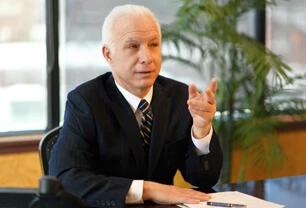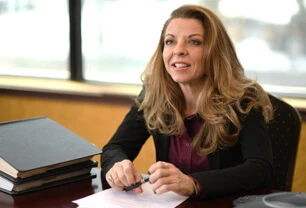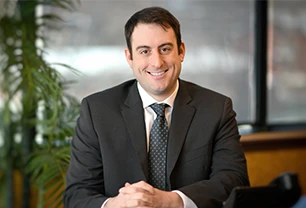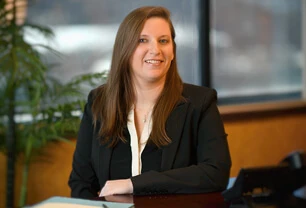Our Long Island Construction Law Firm is Here if You’ve Suffered a Scaffolding Accident
Anyone who has walked the streets of New York City knows that scaffolding is a common sight. For construction workers in the city, falls from scaffolds are a unique danger, given the great heights at which they are routinely required to work. Falling from a scaffold can result in death or serious injury not only to construction workers themselves, but also to passersby who happen to be in the wrong place at the wrong time. In New York, the Scaffold Law protects workers from injuries caused by falls from scaffolding and other construction-related heights. For more information about the Scaffold Law and pursuing a claim based on it, please contact a Long Island construction law firm.
What is New York’s Scaffold Law?
New York’s Scaffold Law, also known as Labor Law 240, requires the owner or general contractor of a construction site to provide certain scaffolding safety equipment for workers and imposes liability if anyone is injured or killed in a fall. Such safety equipment includes scaffolding, hoists, stays, ladders, slings, hangers, blocks, pulleys, braces, irons, and ropes. For scaffolding or staging more than 20 feet from the ground or floor that is suspended from an overhead support, the scaffolding must have a safety rail at least 34 inches high extending around the perimeter, as well as fasteners to prevent the scaffold from swaying away from the building structure.
To meet the eligibility criteria of the law, the construction worker must have been engaged in one or more of the following activities with respect to the building:
- Erection
- Demolition
- Repairing
- Altering
- Painting
- Cleaning
- Pointing
A unique feature of the Scaffold Law is that it imposes strict liability upon general contractors and building owners whose failure to follow its requirements causes injury. In most civil cases, the plaintiff must prove that the defendant acted negligently in order to recover damages. However, the Scaffold Law removes that requirement and imposes liability merely if the owner or general contractor failed to provide the proper safety equipment and an injury occurred. If you have questions about your specific situation, contact our Long Island construction law firm.
Does Recovery Under Labor Law 240 Affect Workers’ Compensation Claims?
Generally, workers who are injured in work-related accidents are barred from pursuing civil actions against their employers. Instead, they must file a claim under their state’s workers’ compensation program. One notable exception to that general rule is the Scaffold Law, which allows workers injured in falls from scaffolding to recover benefits under the Scaffold Law in addition to the benefits they may receive through a workers’ compensation claim. Workers’ compensation benefits such as medical benefits and lost wages can be claimed in tandem with pain and suffering damages under the Scaffold Law to provide injured workers with full compensation for their injuries.
Contact a Long Island Construction Law Firm for More Information
If you have been injured in a fall from a scaffold, you may be entitled to damages. For more information about the Scaffold Law, as well as its interaction with worker’s compensation, please contact the Long Island construction law firm of Turley, Redmond and Rosasco by using our online form or calling us at 877-693-2529, 516-745-5666 (Garden City), 631-582-3700 (Ronkonkoma), or 631-399-0400 (Shirley).












